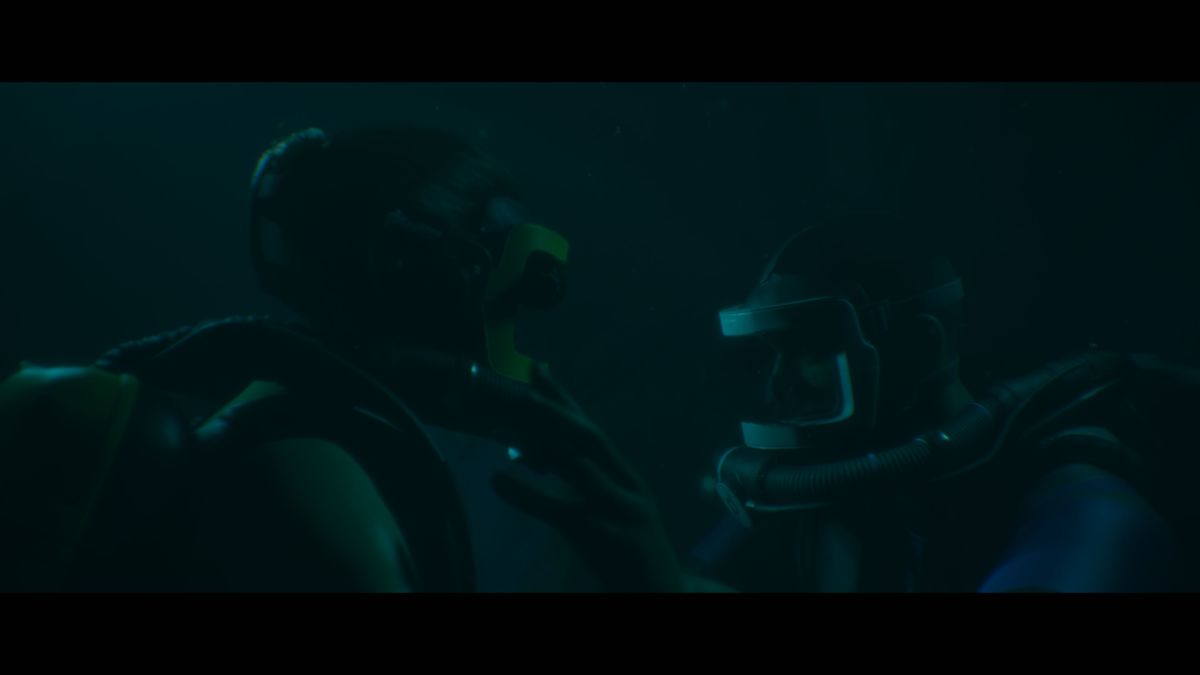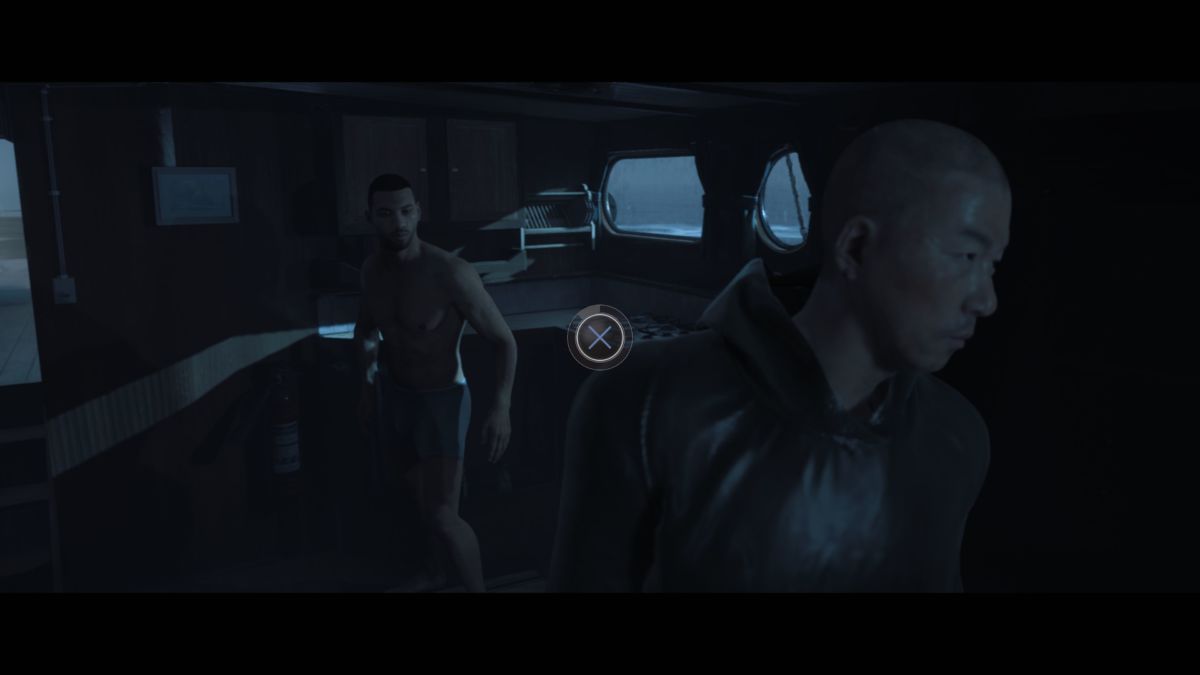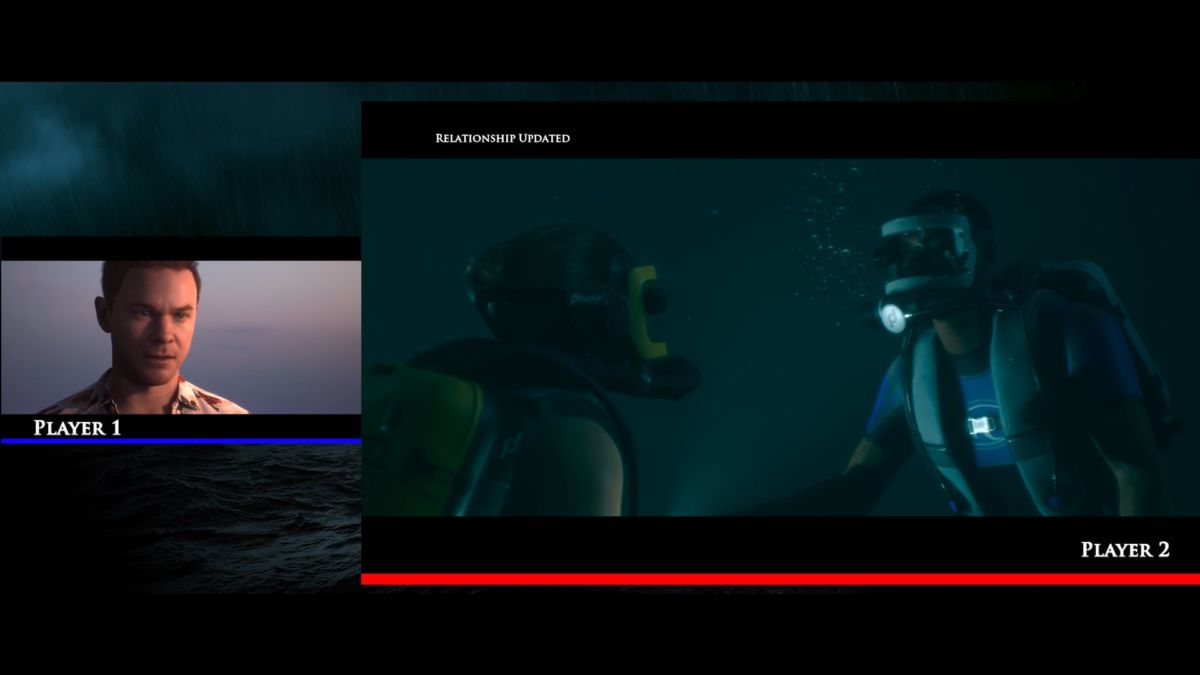Until Dawn was one of 2015’s surprise hits. Supermassive Games had been working on the narrative horror experience since 2010, and the final product was so well loved by consumers and critics alike, it felt like you couldn’t move on YouTube or Twitch at that time without seeing it being played by some kind of popular influencer, streamer or content creator. You were just wading through them back then.
A follow-up of some kind was inevitable, as the success of Until Dawn’s kind breeds demand, and Supermassive Games are eager to meet that demand with a new series of games called The Dark Pictures Anthology. Opening up with Man of Medan, each entry in the series will focus on different subgenres of horror, while bringing Supermassive Games’ talents to more players than ever, with PS4, Xbox One and PC releases for Man of Medan scheduled for next month.

Supermassive could have easily just rested on their laurels with Man of Medan, copying what made Until Dawn work and simply applying it to a new story and setting, and in fairness from what we’ve played, there are elements of that. “If it ain’t broke” and all that. However, Man of Medan takes the already established blueprint and expands on it in plenty of interesting ways, establishing Man of Medan and the Anthology at large as another beast entirely.
The comparisons to Supermassive’s previous game do come naturally, as Man of Medan definitely offers more of the same Until Dawn formula when it comes to the core gameplay, story and characters. In the section of the story we got to play, a group of deep sea divers searching for hidden treasures run afoul of some local pirates, before encountering a WW2 ship with more than a few supernatural secrets below deck.

The characters all fit the certain archetypes that you might expect from a horror experience. There’s Conrad, the womanising creep played by Iceman, Fliss, the ultra serious Captain who is just about done with everyone’s disrespectful crap and Brad, the anxious nerd that’s a bit too relatable. There’s also Julia, the rich kid and Alex, her intelligent boyfriend, whose relationship will be severely tested by the game’s events.
You can make choices that decide where on the moral compass they lie, but for the most part, they’re pretty set in their ways, at least in the demo we were shown. You can try to stop Conrad from being a creep with the choices you make, but he’ll still say weird things when he’s not in your control. That said, we only got to experience the first 90 minutes of the game, so it’s likely that characters like Conrad will become more or less of a douchebag as the game rolls on, depending on how you choose to play him.

The facial animations for the characters themselves flirt with the edge of the uncanny valley, but they’re emotive and engaging without reaching the point of disturbing, adding to the immersion of the experience. The graphics themselves are also stunning, though the beautiful sandy beaches and sunsets will pretty quickly get traded for storms and abandoned WW2 vessels. Hard to call those types of horror environments “beautiful”, but you get the picture.
From a gameplay perspective, it’s an incredibly familiar experience. You wander around the environment, interact with characters and objects and make choices that can ultimately affect the course of the game. Premonitions make a return, providing occasional hints to players on how to make the best choices, but for the most part, you’ll have to blindly make those choices yourself.

There’s also The Curator, who acts as a kind of narrator tying the story together. He appears every so often to be a little bit spooky while also providing the occasional hint and remarking on how you’re doing. Our time with him was brief in the demo, but his presence will be felt throughout the rest of the game, likely laughing at you when one of the cast members gets killed.
As for the action sequences, quick time events are back with a bang, with success and failure being determined by how quickly you can react to prompts on screen. The world will be inherited by those with the best reflexes, it seems. One particular omission when compared to Until Dawn is the motion controlled “Don’t Move” events, replaced by a rhythm-action minigame where you control your character’s heart rate.

Considering the game’s release on PC and Xbox One, where motion sensing controllers don’t come as standard, not having this minigame is understandable. Why code an additional minigame just for PS4 when everyone can get the same experience? That said, those minigames created some of the most tense and riveting moments of Until Dawn, so their loss is significant enough.
What separates Man of Medan from both its predecessor and other narrative experiences available right now is its implementation of two different multiplayer modes: Shared Story and Movie Night, which allow either 2 players online or a group of up to 5 sharing the same TV to experience the world of Man of Medan together.

The Shared Story mode will allow two players to control separate characters, experiencing differing perspectives on the same scene. Players might be wandering the same environment as each other, or experiencing different aspects of a scene altogether. One player might explore a sunken WW2 plane, while another stays on the boat, dealing with some unwanted visitors.
Shared Story multiplayer reminds me of Dead Space 3, of all things. No, you won’t be shooting necromorphs left, right and center, but each player has a different perspective on events. In the opening prologue, one player imagines a child amongst the chaos, but another doesn’t see anything.

What’s truly interesting is that the choices one player makes can directly impact the other player, both positively and negatively. During our demo, the prologue ended with my co-op partner shooting me as I hid in a locker. Another example occurred as the main cast members partied on their boat. Snooping through one of cabins allowed me to find a cologne bottle, which your character doesn’t put back. Ordinarily, that’d be quite rude, but when the boat is attacked later on, the bottle becomes a weapon with which to blindside a pirate.
The fact that the co-op mode allows you to experience entirely new perspectives that aren’t available in the single player experience means that the opportunity for replayability when the game comes out has already doubled. Supermassive Games promises that Man of Medan will have more narrative branches than any of their other games, and this Shared Story mode is proof of that.

Movie Night is another experience entirely, as groups of up to five play on one TV, taking it in turns making decisions. The core idea is that you can either make decisions that help the group or just be a selfish jerk face. While the appeal might wear off after one or two playthroughs, it’s still a novel and unique way of playing the game, and it potentially allows less experienced gamers the chance to enjoy the story of Man of Medan in a friendly setting.
Time will tell on how these multiplayer modes will be received when the game launches, but the slice of gameplay we got to see gives us hope that we’ll be boarding the Man of Medan experience long after the credits first roll. Our only concern right now is convincing one of my mate’s to buy the game so we can play the shared story together.

After just 90 minutes with Man of Medan, The Dark Pictures Anthology looks like it could be a real hit for any horror game fans. The established formula gives the first game in the series a fantastic foundation with which to build something more, and the new multiplayer features add some much needed innovation. We can’t wait to set sail on Man of Medan on August 30th.
Yeah, I’m going to get killed on a ghost ship for that pun.
Some of the coverage you find on Cultured Vultures contains affiliate links, which provide us with small commissions based on purchases made from visiting our site.

